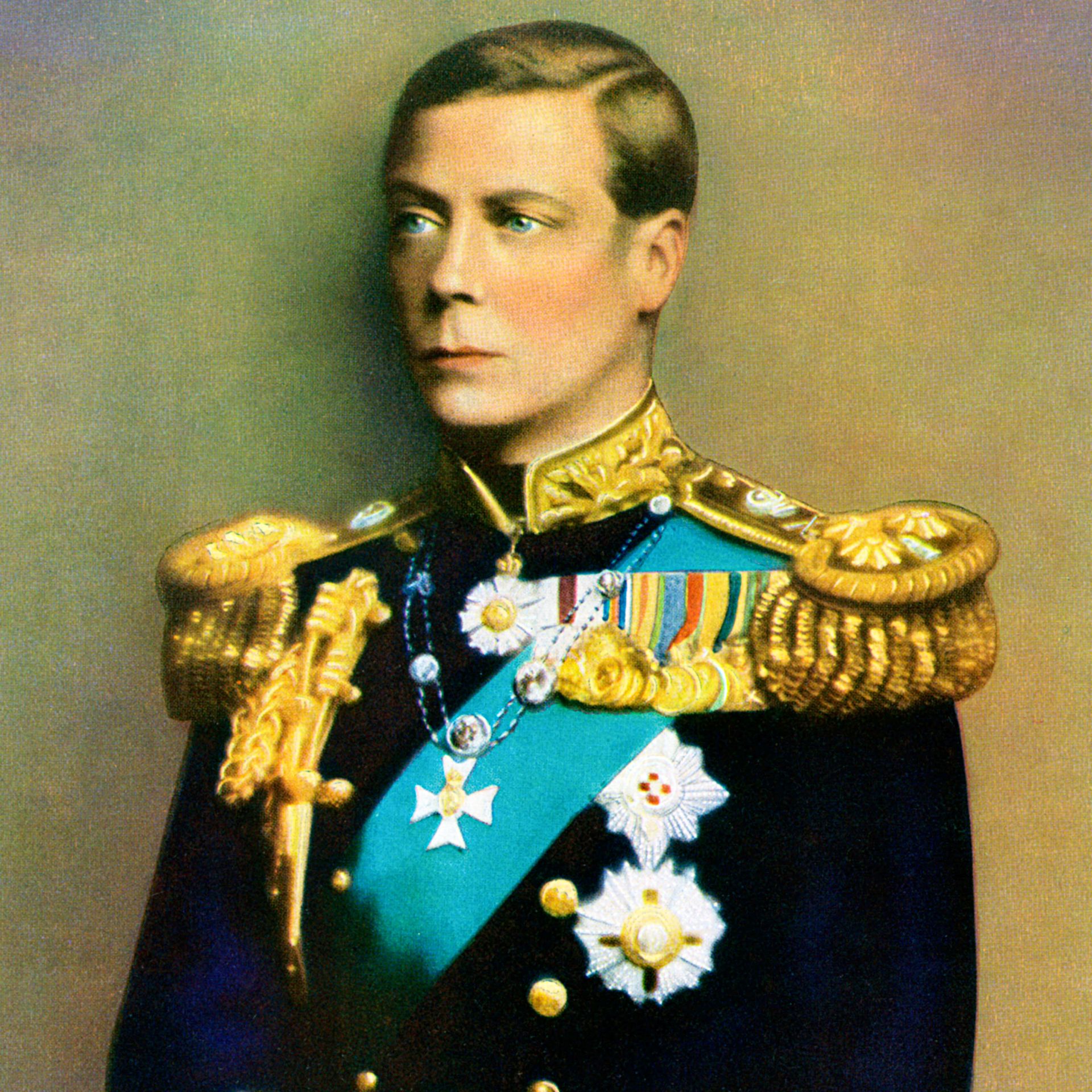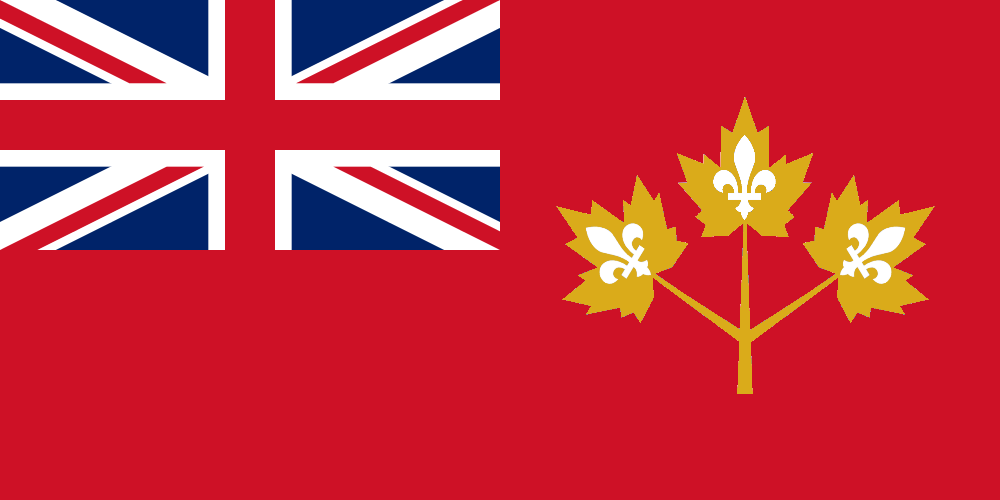National flag of the Socalist Republic of Canada, as of 1966.
After the successful CSA campaign against the North American Entente in 1951, the question remained: What to do with the massive Canadian nation? Some fringe Browderists wanted complete annexation, but a choice was ultimately made. Puppet governments in Quebec and Toronto were formed, and were incorporated into the Fifth Internationale.
As of 1966, Canada spreads from Ontario to the icy shores of Alaska. Despite its massive size, the government still kisses the American boot, and resistance is common in the icy north, eager to free the nation from syndicalist control.
Fred Rose, 2nd General Secretary of the Socalist Republic of Canada, pictured here, in 1968. Rose’s ascension was approved by the government in Philadelphia, and he showed his gratitude by essentially being a sock puppet for American interests. However, his authortarian tendencies, contradicting with the more libertarian American government, have him deeply unpopular with the Canadian people, and a challenge for the top seat is likely soon to come.




